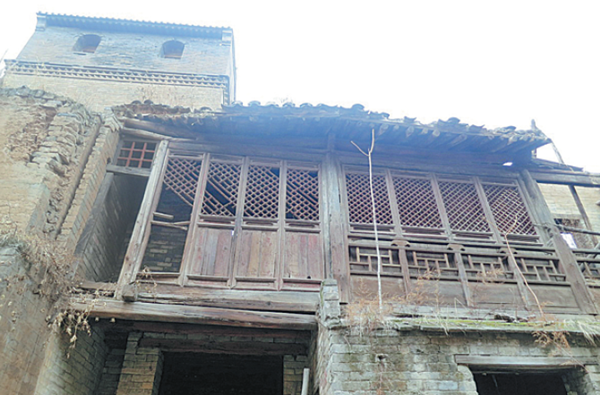Adopt a heritage building and help save a culture

An old residential building at Zhongzhuang village, Yangcheng county, Shanxi, before a renovation funded by private donations. [Photo provided to China Daily]
Private help
In 2010, the Quwo people's congress, the local legislature, rolled out a guideline on the "adoption" of heritage buildings. Liu Wei, then chair of the local congress and an ardent supporter of the initiative, invited entrepreneurs to take part in an inspection tour of heritage buildings in the county that were in poor condition.
Liu said the dilapidated condition of the buildings prompted many of the entrepreneurs to immediately make donations for "meaningful work" on the sites.
In 2011, Huang adopted Longwang Temple after a "long talk" with Sun. The temple was recognized as a county-level cultural heritage building in 1985, and had been used by the government as a granary.
Huang estimated 700,000 yuan ($106,200) was enough for the work and accepted the adoption "without hesitation". However, so far he has spent more than 3 million yuan on the restoration work. "It is like adopting a child. Once I decided to do it, I had to do it well," Huang said.
Sun said businesspeople were more likely to adopt a heritage building close to their homes or enterprises, as they had greater emotional attachment to the structure and it was a good way to serve their local community.
In Hengdong village, Jiangxian county, Shanxi, 70-year-old Liang Mingzhi is one of seven adopters of the Chengtang Temple, which was built in the Yuan Dynasty (1271-1368).
The temple was adopted in 2000 after "painstaking" lobbying of the county government, which stressed the urgency and importance of the work.
Liang said he hoped more people succeeded in adopting temples to extend the buildings' lives.



